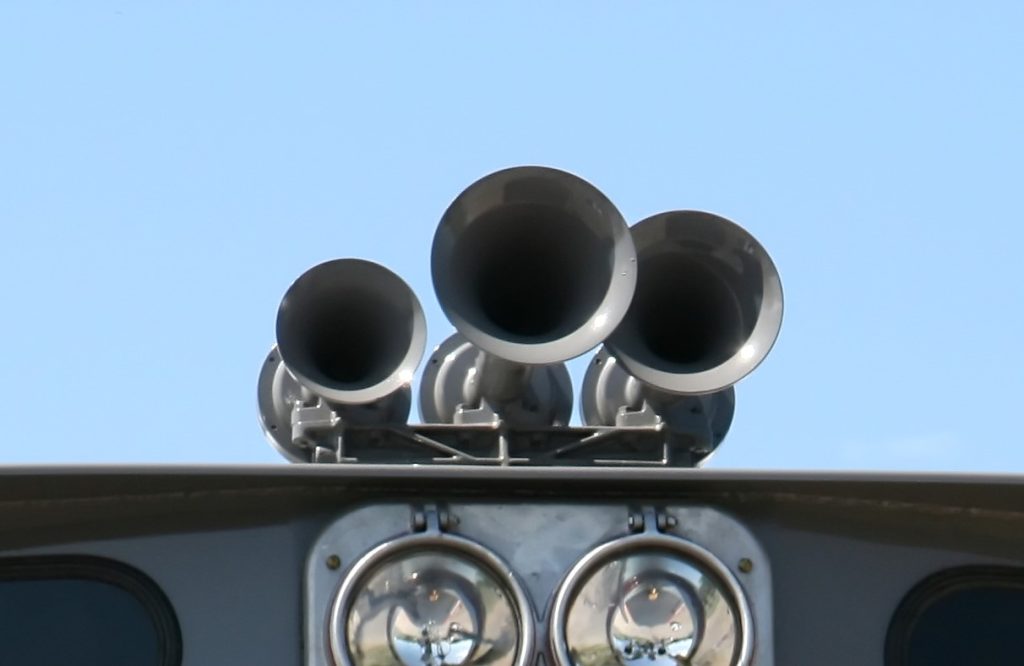Why Do Trains Have Multiple Horns?
April 25, 2023

Train horns have been an essential part of the railway industry since the early 1800s. Train horns are not just simple warning devices, but they also communicate different messages to railroad workers and pedestrians. The main reason why trains have multiple horns is to have multiple tones. The various tones make it easier to distinguish between different types of signals and make them more audible.
Having multiple tones helps to differentiate between warning signals and emergency signals. A train horn with a unique sequence of chimes can be identified as a warning signal, which alerts pedestrians or drivers that the train is approaching. On the other hand, emergency signals have different patterns of chimes or a prolonged blast, indicating an emergency situation.
Another reason for having multiple tones is to make the horn more audible in different environments and over long distances. For instance, a train horn used in an urban area would need to have multiple tones, considering the amount of ambient noise. Multiple tones help to ensure that the horn is heard by everyone in the area, especially during low visibility conditions.
Different types of train horns have varying numbers and patterns of tones.
The Leslie Supertyfon horn
The Leslie Supertyfon horn is a popular train horn used in North American locomotives, consisting of five chime notes that play in a repeating sequence.
The Nathan Airchime horn
The Nathan Airchime horn is another popular train horn that has a distinctive five-note pattern.
In conclusion, having multiple tones in train horns is essential for safety and functionality. Multiple tones help to distinguish between different types of signals and make them audible in different environments. Train horns have become a significant part of train culture and history, and the different types of horns with their unique sound patterns have become an essential aspect of the auditory landscape.

 Tickets
Tickets Parties
Parties Shop
Shop Directions
Directions